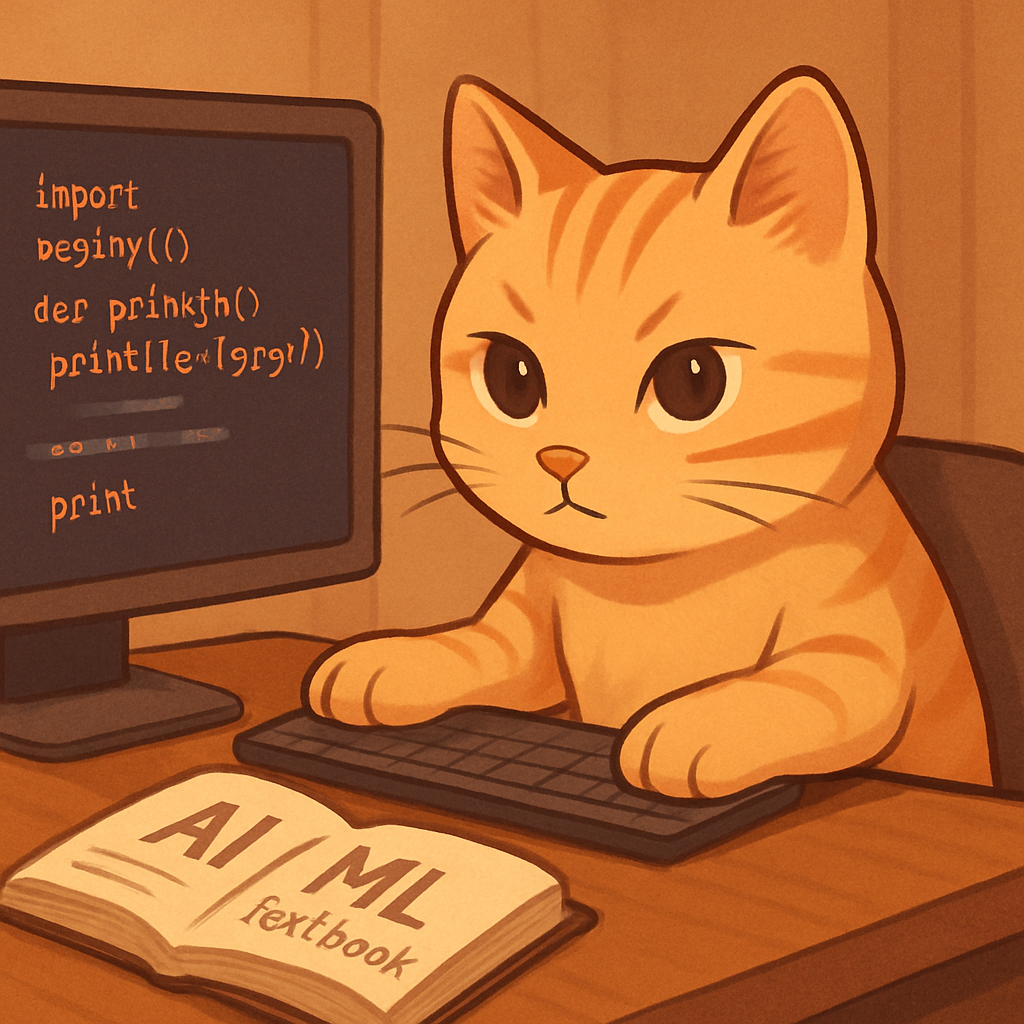Why Data Matters: Lessons from Chasing Quality Datasets
Background
One of the most painful lessons I’ve learned during my AI journey is this:
Without good data, no model — no matter how powerful — will perform well.
Early on, I underestimated the importance of data quality. I thought that having a working model architecture and some basic training examples would be enough. But in reality, garbage in, garbage out applies more than ever in machine learning.
The Data Problem I Faced
When I began training models for various NLP and LLM tasks, I quickly hit a wall: I didn’t have enough data, or the data I had was noisy, irrelevant, or too small.
This led to several setbacks:
- Models that overfit or failed to generalize
- Validation loss stagnation
- Poor real-world performance
What frustrated me most was that I wasn’t struggling with model training — I was struggling just to get meaningful input.
Strategies I Considered
To get around the lack of usable datasets, I explored several options:
1. Crawling Public Web Data
This seemed simple in theory: scrape content from websites using Python libraries like requests, BeautifulSoup, or Selenium. In practice:
- It was slow
- Many sites block bots
- Formatting and cleaning were time-consuming
Still, for some static content, it worked better than expected. Especially when I needed full pages and had specific content in mind.
2. Using Public APIs
For some government or open data platforms, using APIs was an option. However:
- API limits and authentication made it hard to scale
- Schema documentation was often incomplete
- Pagination logic was more complex than expected
In some cases, manually downloading pages was actually faster and more reliable.
What I Learned
- Good data is everything. A small but clean dataset is more valuable than a massive but noisy one.
- Manual effort is sometimes worth it. Crawling and cleaning data taught me how to recognize useful patterns and discard noise.
- Tool choice matters. Understanding when to use APIs vs. when to crawl directly helped me build pipelines faster.
Realization
Machine learning is not just about models. It’s about data engineering, scraping, cleaning, and even collecting data ethically and legally. That’s what turns experiments into usable tools.
I now spend more time thinking:
- Where does my data come from?
- How reliable is it?
- Is it representative of the problem I’m trying to solve?
Next Steps
- Automate partial crawling for common patterns
- Build a data quality checker before training
- Share some cleaned datasets as part of my portfolio
